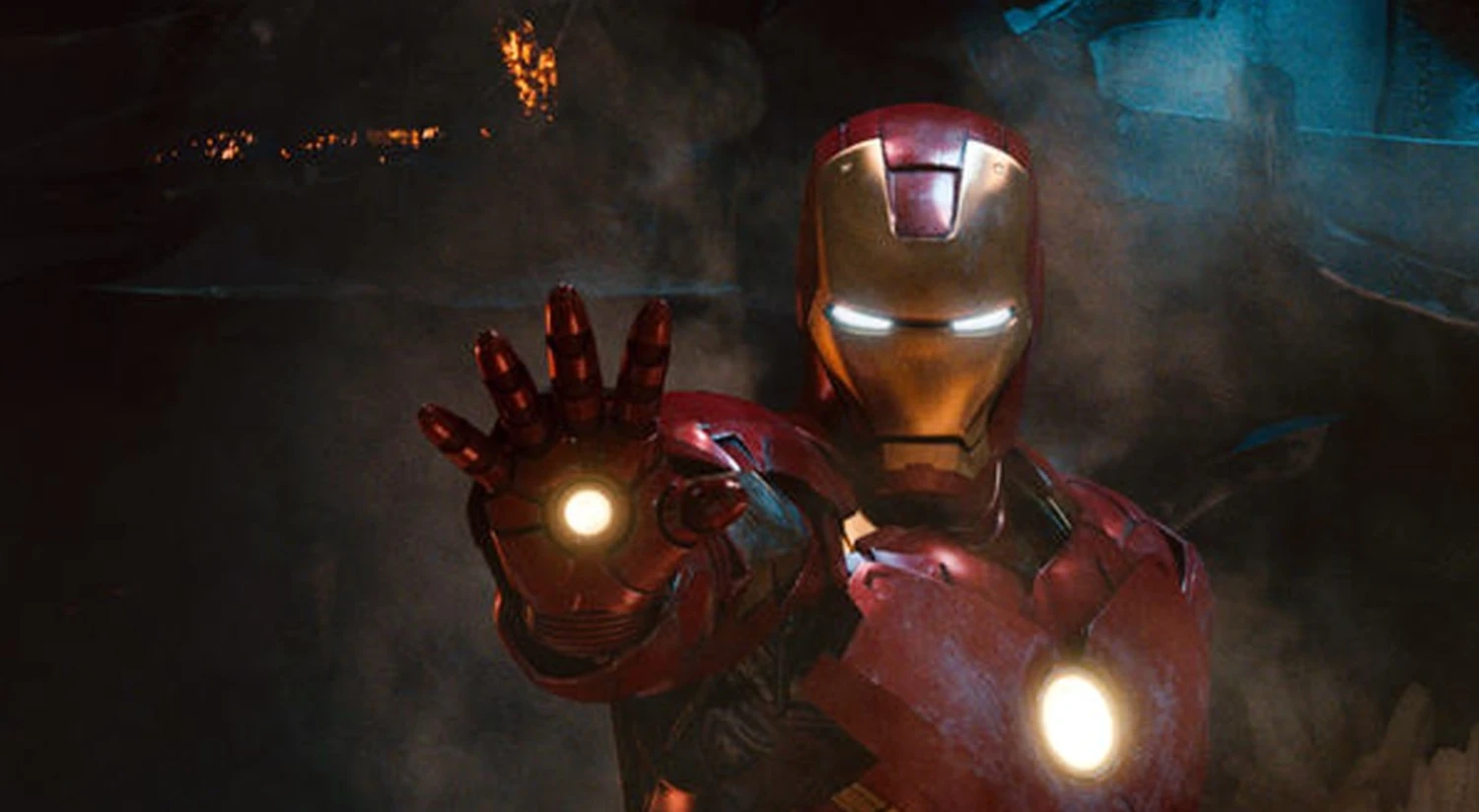Exploring the Science Behind Iron Man
Iron Man is not just a cultural icon; he represents the intersection of imagination, technology, and real science. In the Marvel Universe, Tony Stark, also known as Iron Man, captivates audiences with his genius, charisma, and groundbreaking inventions. However, many fans wonder: how much of Iron Man’s prowess has a basis in reality? This blog unpacks the science behind Iron Man’s suit and powers, exploring the technologies that directly correlate with real-world advancements.
The Man Behind the Iron Mask
At the heart of Iron Man’s story is billionaire playboy and genius inventor Tony Stark. After his abduction by terrorists, Stark uses his intellect to escape by building a rudimentary suit of armor. This pivotal moment leads to the eventual development of the Iron Man suit, which boasts a plethora of advanced technologies. Stark’s character exemplifies the archetype of the “tech genius,” embodying the essence of innovation and an unyielding desire to improve himself and the world around him.
Exponential Advancements in Armor Technology
Iron Man’s suit is often depicted as a highly advanced piece of armor, blending nanotechnology, artificial intelligence (AI), and cutting-edge materials. The suit’s lightweight, durable exterior is a product of advances in materials science. In reality, materials such as carbon nanotubes and graphene have been developed, which offer exceptional strength-to-weight ratios. Researchers are making significant strides in creating materials that can endure extreme conditions, thus foreshadowing what might eventually lead to armor as formidable as Stark’s suit.
Arc Reactor: The Power Source of the Future
Perhaps the most iconic element of Iron Man’s technology is the arc reactor — a clean energy source capable of powering the suit and keeping Stark alive. While we currently do not have miniaturized fusion reactors like Stark’s, advances in energy technology are revealing promising alternatives. Researchers are exploring nuclear fusion and advanced battery technologies, which could one day emulate the clean energy capabilities that Stark’s arc reactor symbolizes.
Currently, companies are working on solid-state batteries and other energy storage solutions that offer higher efficiency and lower environmental impact. With the global push for renewable energy, these technologies could one day realize Stark’s vision of sustainable power.
Artificial Intelligence: J.A.R.V.I.S. and Beyond
Tony Stark’s Iron Man suit is also inseparable from its AI companion, J.A.R.V.I.S. This sophisticated AI not only assists Stark in piloting the suit but also makes calculations and manages complex operations in real time. Today, artificial intelligence has become integral to various fields — from healthcare to autonomous vehicles and smart homes. Machine learning algorithms and natural language processing are continuously evolving, making AI assistants increasingly efficient and interactive.
Futuristic applications of AI could lead to personalized assistants akin to J.A.R.V.I.S., capable of learning and adapting to individual user needs. As AI systems become smarter and more integrated into our daily lives, we edge closer to a reality where technology can assist us in unprecedented ways.
Flight Technology: Soaring to New Heights
One of the most thrilling aspects of Iron Man’s capabilities is his ability to fly. While Stark’s suit features jet engines and repulsors for propulsion, real-world advancements in personal flight technology are already underway. Companies like Jetpack Aviation and several innovators in the field of electric vertical takeoff and landing (eVTOL) aircraft are working on making personal flight a reality.
Although current technology has not yet achieved the advanced maneuverability or the altitude capabilities seen in the MCU, the development of drones and personal flying devices indicates that the dream of personal flight is closer than ever before. The future may see enthusiastic adventurers taking to the skies, propelled by innovations inspired by Stark’s suit.
The Ethical Dimensions of Stark’s Inventions
With great power comes great responsibility, and Iron Man’s journey raises profound questions about technology’s role in society. Stark uses his inventions to combat threats, but he also faces ethical dilemmas regarding weapons manufacturing and the unintended consequences of his creations. In today’s world, these themes resonate as we confront the implications of emerging technologies such as AI, robotics, and warfare automation.
As we move further into the 21st century, societal discourse around these technologies becomes crucial. The innovations depicted in Iron Man compel us to reflect on how we engage with our inventions — emphasizing the need for ethical considerations in technological development.
Conclusion: The Legacy of Iron Man
Iron Man encapsulates the dreams of inventors and tech enthusiasts. While some of Stark’s inventions, like the arc reactor or personal flying suits, may currently reside in the realm of fiction, the principles and scientific ideas underlying them reflect our advancing technology. As we continue to explore and innovate, we carry the essence of Iron Man’s vision: harnessing technology to improve the human experience, all while grappling with the responsibilities that accompany such power.
Just as Tony Stark took his genius and his technology from a captive’s simulation to a superhero, so too can our real-world innovations inspire the next generation of inventors. With every technological advancement, we move closer to unmasking the realities that underpin our aspirations, paving the way to a future where science and imagination intertwine.

